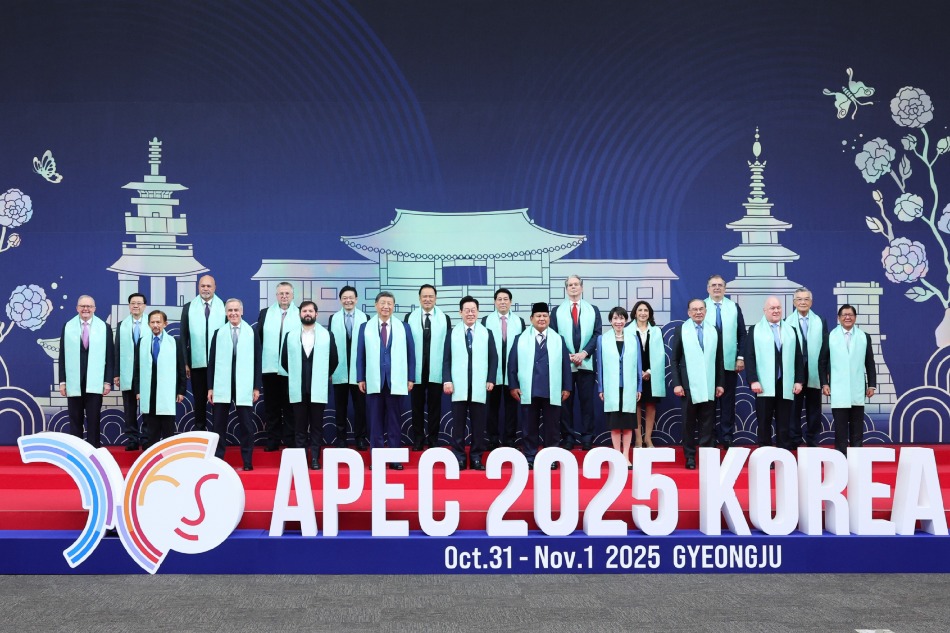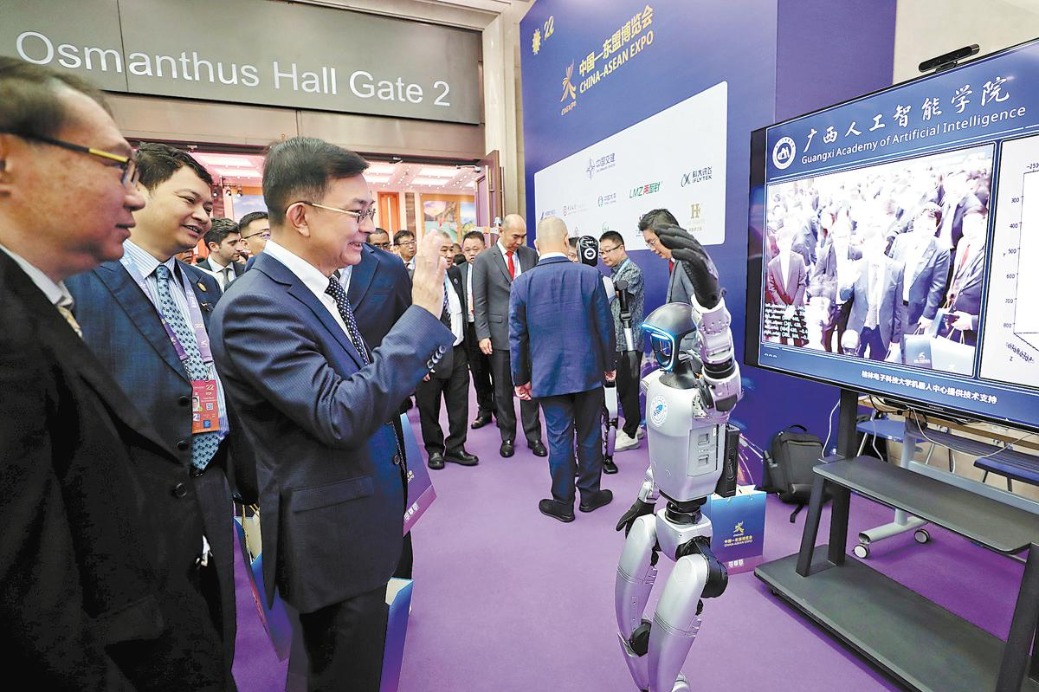Smart grids can drive ASEAN's industry boom


ASEAN's next growth phase won't be built only on roads, ports and railways, but on invisible highways of electricity. Power disruptions and forced reductions in renewable output are no longer inconveniences but economic liabilities that threaten Southeast Asia's industrial ambitions.
Many other countries have faced this situation. China, for instance, modernized its grids to integrate record additions in solar and wind power by pairing digital tools with pilot rollouts to keep its vast electricity system stable. It shows that grid modernization is not optional but a prerequisite for sustaining renewable growth.
As the ASEAN region accelerates its transition to clean energy, aging power grids are showing their limits. Built decades ago for large coal- and gas-based plants, most of the region's power networks were not designed to accommodate the massive volumes of wind and solar energy produced today. Moreover, solar and wind energy volumes fluctuate with the weather and time of day, which strains the networks.
These outdated grids pose risks to both energy security and economic growth, undermining the competitiveness of the region and investor confidence. Smarter, more resilient and flexible grids are urgently needed.
Between 2015 and 2020, targeted upgrades in the grid networks helped improve reliability. But the next leap will be far more complex. Led by Vietnam and the Philippines, ASEAN's solar capacity is projected to increase more than 12 times by 2050. Without smart technologies, managing these fluctuating power flows will be difficult.
The risks of inaction are already visible. In Vietnam, excess solar power gets wasted due to grid limits, while brownouts in the Philippines have cost businesses millions. A recent study by Ember estimates that reliability gaps could cost the ASEAN region nearly $2.3 billion a year by 2040 in lost industrial output.
In an era when multinational firms choose manufacturing locations based on access to reliable and clean energy, weak grids could sideline ASEAN in the digital and industrial race.
Smart grids, equipped with digital sensors, automation and real-time data, can change this narrative. They allow operators to balance supply and demand with precision, integrate power from multiple sources such as rooftop solar and respond dynamically to fluctuations in renewable supply. In short, smart grids can turn renewable integration from a bottleneck into a competitive advantage.
Some ASEAN economies have already started moving. Thailand has piloted smart meters in Bangkok that give consumers real-time usage information while cutting transmission losses. Singapore has gone further, developing a "digital twin", a virtual replica of its power system, to monitor the network's condition remotely, and identify risks before they escalate. These initiatives show how digitalization can transform grid management from reactive to predictive.
The benefits extend beyond stable power supply. A modern grid is a prerequisite for attracting energy-intensive industries such as data centers, advanced manufacturing and digital services. These are the very sectors expected to anchor ASEAN's future economy. Singapore's data-center boom illustrates how global firms cluster where reliable, low-carbon electricity is assured. By contrast, renewable developers in Indonesia and the Philippines often cite weak grids as the biggest barrier to meeting the corporate demand for clean power.
Grid modernization can also be a powerful job creator. Building and maintaining smart grids will create hundreds of thousands of jobs in civil works, manufacturing, ICT deployment and technical services. One estimate suggests that smart-grid investments could create up to 650,000 jobs across ASEAN — a ripple effect that will strengthen local supply chains and technical capabilities. Vietnam's emergence as a solar manufacturing hub is a good example of such spillover benefits.
The price tag of this transition is significant but achievable. Estimates place ASEAN's smart-grid needs between $4 billion and $10.7 billion. At the lower end, countries could improve reliability with some essential upgrades and use of smart meters. At the upper end, it could enable full-scale digitalization, large-scale storage and cross-border interconnections under the ASEAN Power Grid.
Where will ASEAN economies find this kind of money? Financing instruments already exist but are underutilized. Green bonds are gaining traction in Indonesia, Malaysia and Singapore. Development banks offer mixed public and private financing to de-risk investment, while climate funds can provide affordable loans for projects that cut emissions. Foreign capital, particularly from China and Japan, could also support the region's grid modernization.
However, capital will not flow without clear regulatory frameworks. National smart grid road maps, harmonized regional standards and incentives for electricity providers to adopt digital solutions are essential. Reforms that reward efficiency and innovation can align power companies' interests towards smart technology investments. Collaborative regional initiatives and technology exchange can further accelerate this transformation.
China offers a useful template here. By using digital tools and better forecasting, the country has managed to absorb record amounts of solar and wind power while keeping its grid stable. Its step-by-step approach of testing new technologies in a few provinces before expanding them nationwide highlights the power of learning by doing. ASEAN countries can emulate this approach through coordinated pilots, data sharing and capacity building.
Ultimately, smart grids are not just wires and software; they are strategic investments in ASEAN's economic future. They enable renewable expansion, reduce outage costs, create high-quality jobs and strengthen industrial competitiveness.
The missing link is not technology or finance, but political will. ASEAN must move from patchwork fixes to a unified regional road map. Every delay means lost investment, stranded assets and diminished global competitiveness. The real question, then, is not whether ASEAN can afford to invest in smart grids, but whether it can afford not to.


The views don't necessarily reflect those of China Daily.
If you have a specific expertise, or would like to share your thought about our stories, then send us your writings at opinion@chinadaily.com.cn, and comment@chinadaily.com.cn.
































